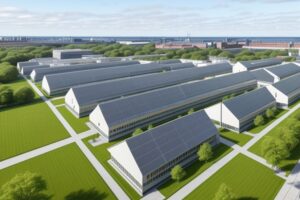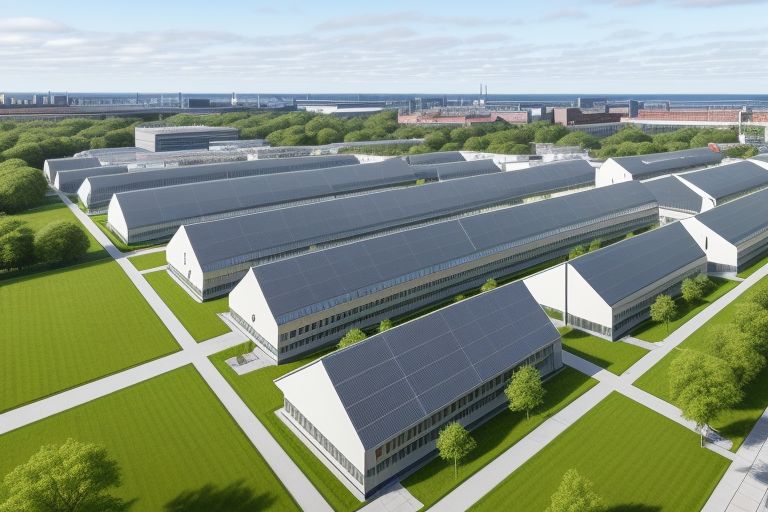In an era marked by technological advancements and sustainability drives, the agricultural sector has witnessed a remarkable shift. At the forefront of this transformation is the increased production of blue grass in 2024, a development that has not only piqued the interest of environmentalists and farmers but also promises to reshape the landscaping and agricultural industries. This long-form article explores the factors behind the surge in blue grass production, its implications, and the future prospects of this green revolution.
Understanding Blue Grass: An Overview
Blue grass, primarily known for its lush appearance and resilience, has long been a favorite among gardeners and landscapers. Predominantly found in temperate climates, its ability to thrive in a variety of soil types while requiring minimal water has made it an environmentally friendly option. However, the sudden increase in its production in 2024 has sparked a conversation about its potential uses and benefits beyond aesthetic landscaping.
The Surge in Production: Analyzing the Catalysts
The year 2024 has seen a significant uptick in blue grass production, attributed to several key factors. Firstly, the introduction of genetically modified variants has allowed for faster growth rates and enhanced resistance to pests and diseases. This innovation has not only reduced the cost of production but also minimized the environmental impact of using pesticides and fertilizers.
Secondly, a shift in consumer preferences towards sustainable and eco-friendly products has increased demand for blue grass. With its low water requirement and durability, it serves as an ideal choice for eco-conscious consumers looking to reduce their carbon footprint.
Moreover, government incentives for sustainable farming practices have encouraged farmers to adopt blue grass cultivation. These incentives include subsidies, tax breaks, and research grants aimed at reducing the barriers to entry for sustainable agriculture.
Implications for the Agricultural and Landscaping Industries
The increased production of blue grass in 2024 has had far-reaching implications for both the agricultural and landscaping industries. For farmers, it has opened up new avenues for crop diversification and income generation. With its robust demand in the market, farmers can benefit from higher profit margins compared to traditional crops.
For the landscaping industry, the availability of high-quality blue grass has enabled the creation of sustainable outdoor spaces. It has also spurred innovation in landscape design, with architects and designers experimenting with new concepts that prioritize environmental sustainability.




















+ There are no comments
Add yours